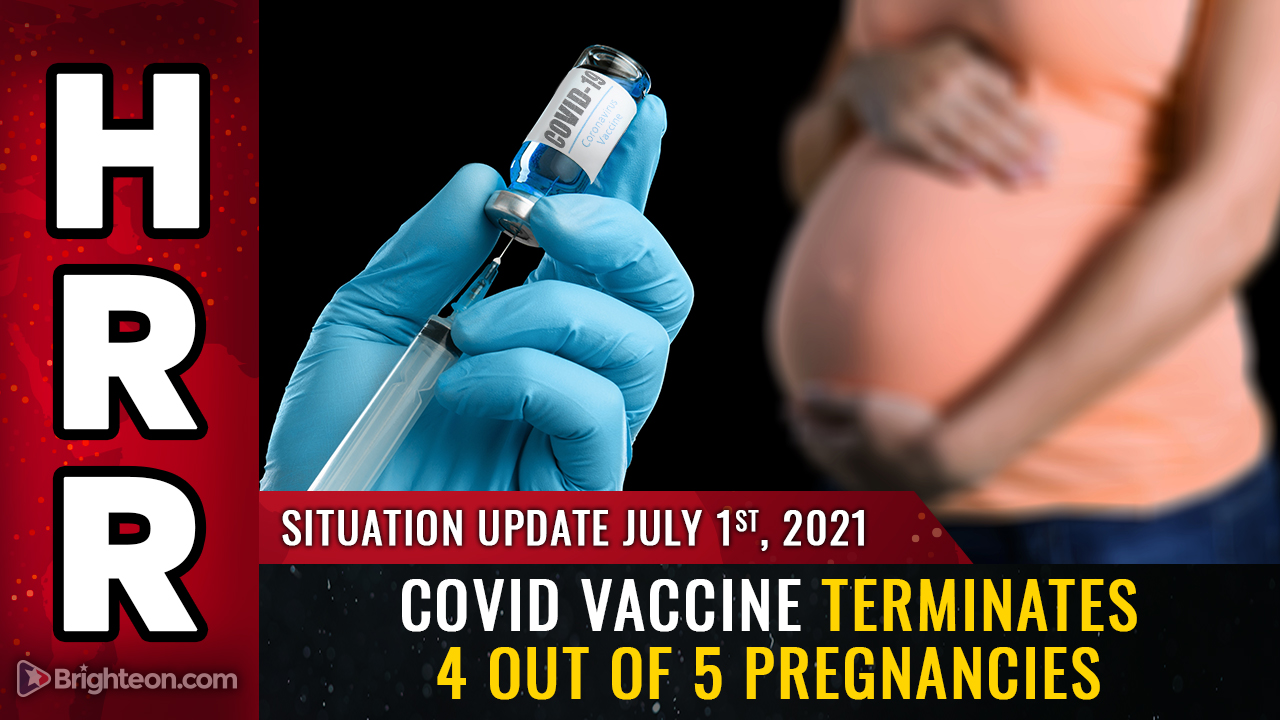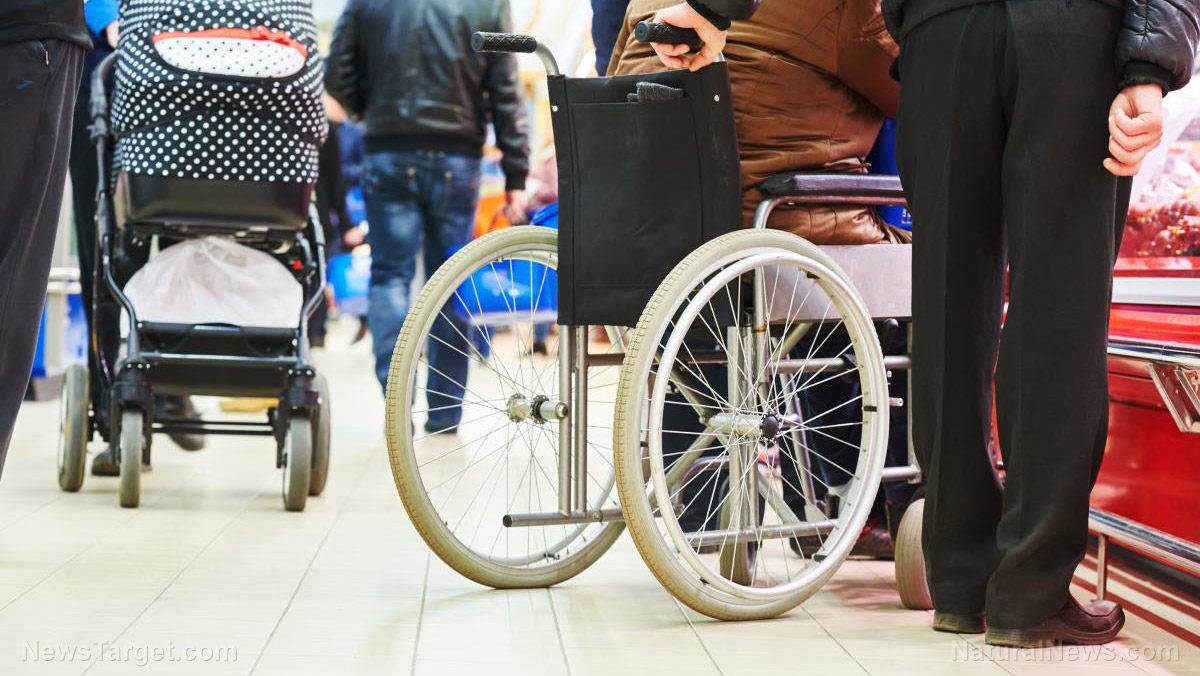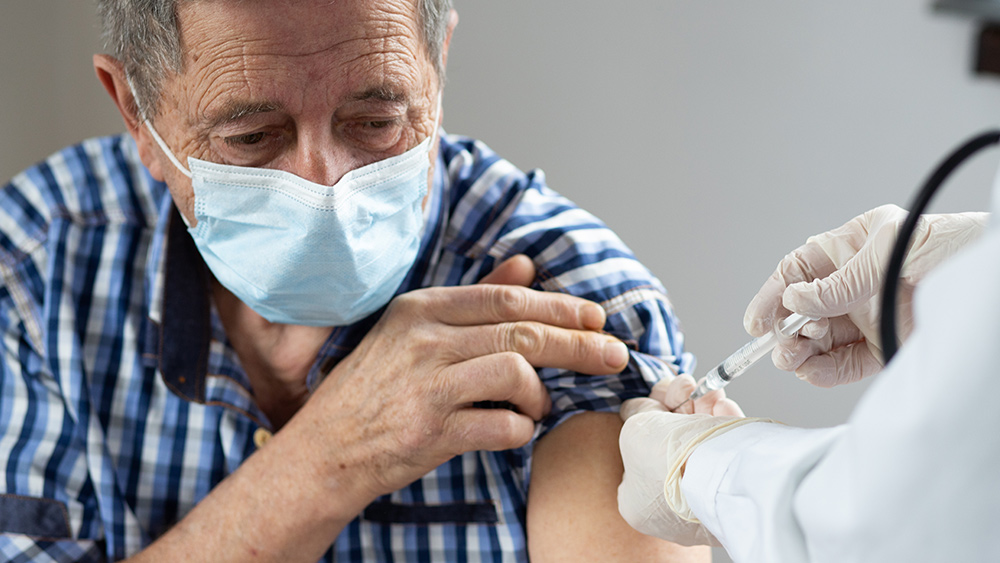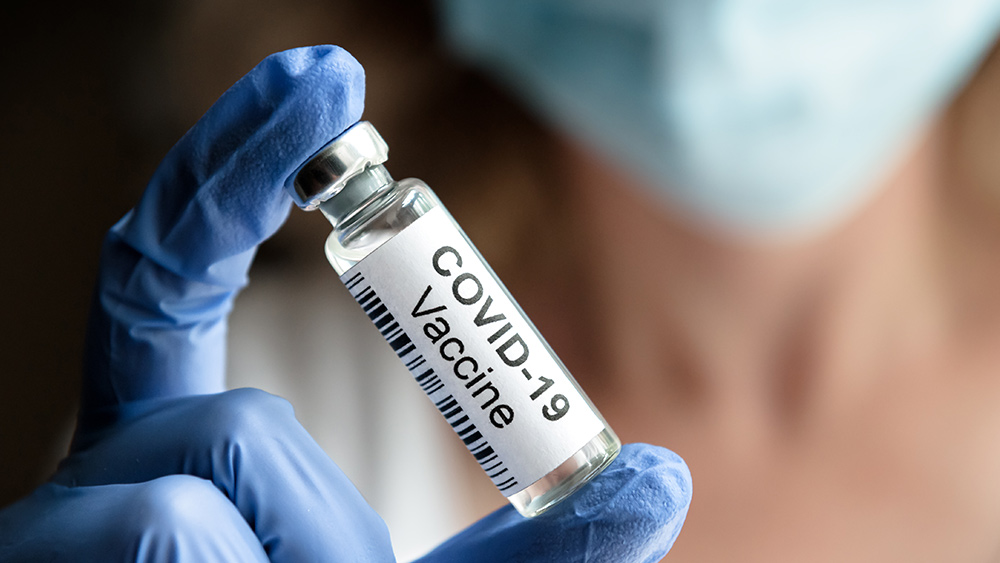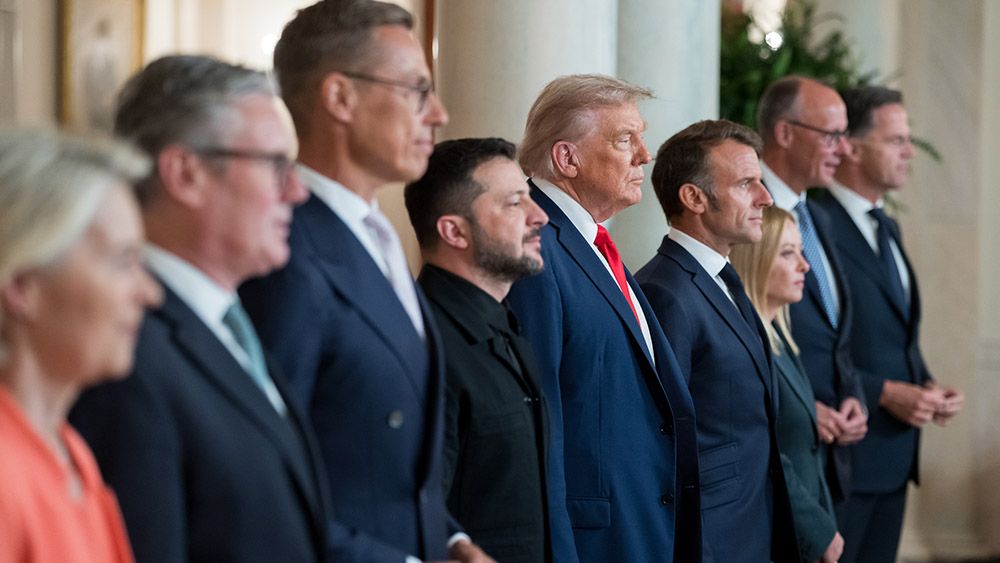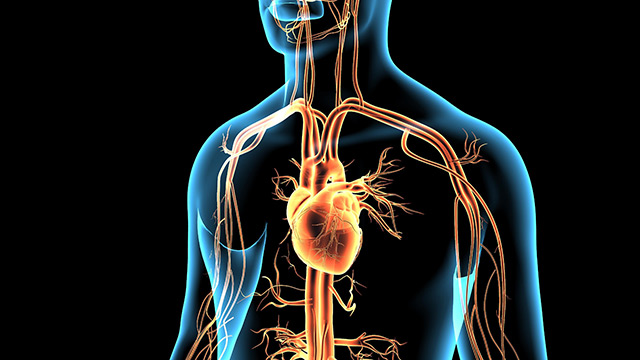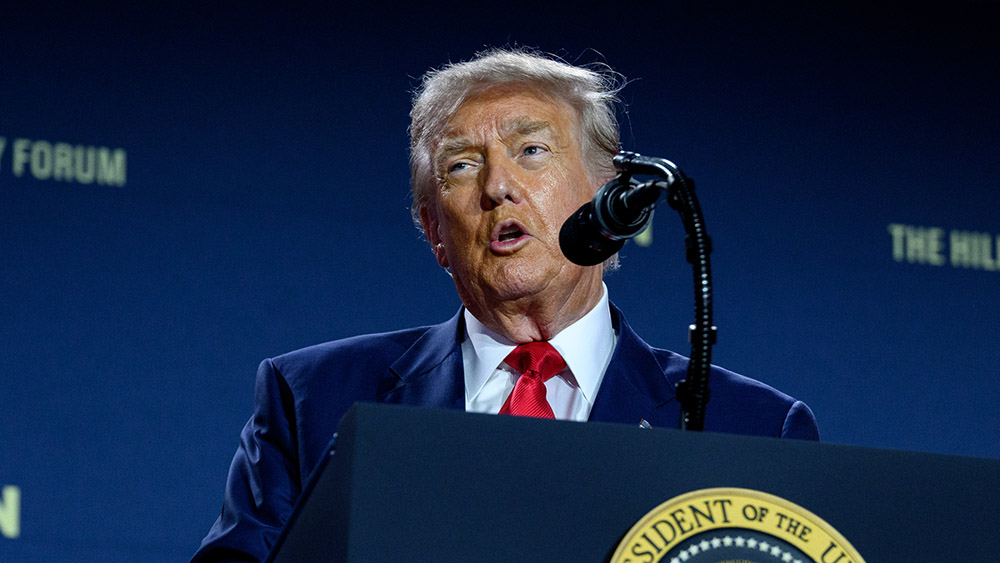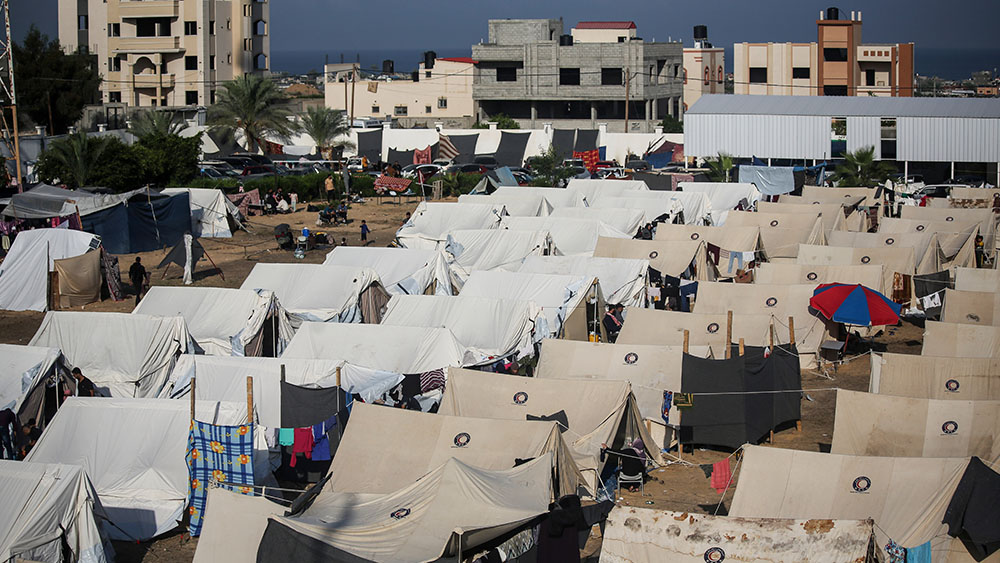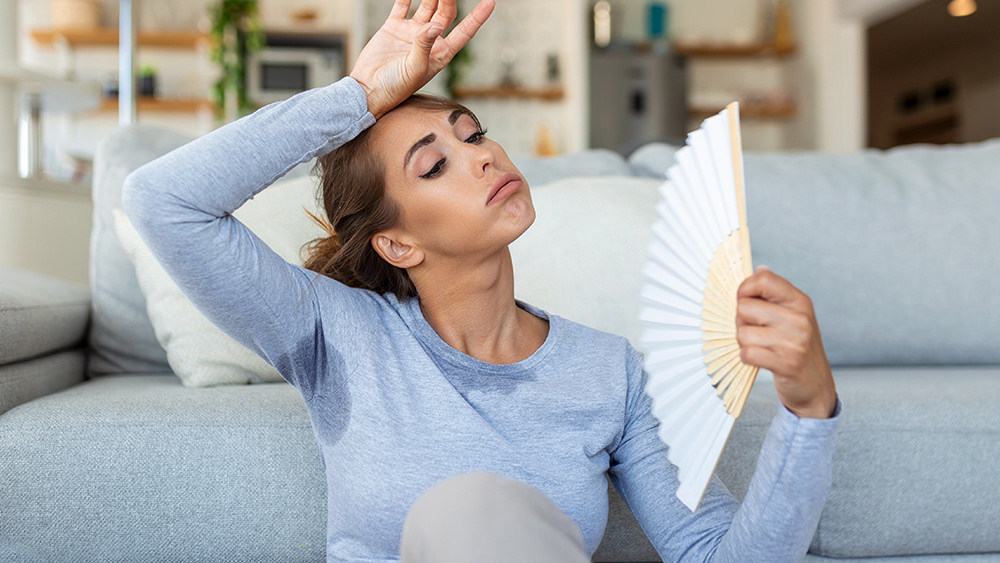Reality check: Plexiglass barriers and other plastic shields DO NOT prevent coronavirus spread
By arseniotoledo // 2021-06-15
Tweet
Share
Copy
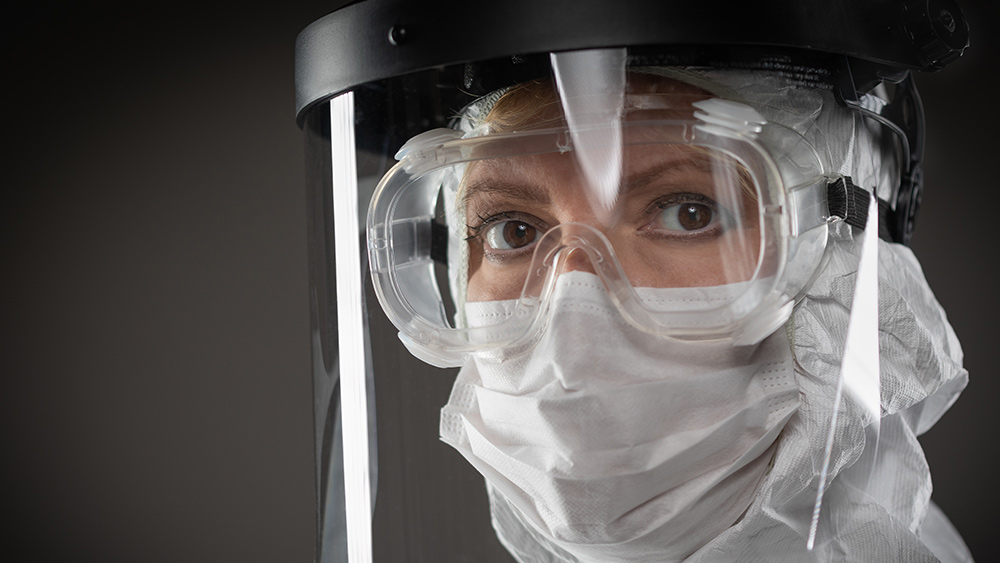
Sales for plexiglass surged in the United States since the Wuhan coronavirus (COVID-19) pandemic began, but not a single study has shown that clear plastic barriers can control the spread of the virus.
Estimates show that over $750 million worth of plexiglass has been sold in the country. Restaurants, retail stores, schools and offices bought a lot of plexiglass thinking it would protect them and their patrons from the coronavirus droplets health authorities said were responsible for spreading the coronavirus.
"We spent a lot of time and money focused on hygiene theater," said Joseph Allen, an associate professor at the Harvard University T.H. Chan School of Public Health. "The danger is that we didn't deploy the resources to address the real threat, which was airborne transmission – both real dollars, but also time and attention."
"The tide has turned," he added. "The problem is, it took a year."
Allen has protested against the focus top public health authorities have placed on the role large droplets had in the spread of COVID-19 since the pandemic began. These officials believed these were the main culprits of person-to-person COVID-19 transmission. Allen and many other researchers like him argued that smaller airborne particles can also spread the virus. These cannot be stopped by plastic shields.
This meant that health officials who promoted the use of plastic shielding were selling people "a false sense of security," according to Marwa Zaatari, building scientist and pandemic task force member of the American Society of Heating, Refrigerating and Air Conditioning Engineers.
"Especially when we use it in offices or in schools specifically, plexiglass does not help," she added. "If you have plexiglass, you're still breathing the same shared air of another person."
Plexiglass and other clear plastic barriers might increase coronavirus transmission
Not only do plexiglass barriers not prevent COVID-19 transmission, they might also increase it. One study published in April by the journal Science suggested that placing plexiglass shields on desks in schools increases the risk of COVID-19 infection. One prepublication paper from Japan posted in late May suggested that excessive plastic shielding might contribute to coronavirus infections in poorly ventilated offices.c Last year, a coronavirus outbreak hit the main office of Wellesley High School in the suburbs of Boston. This high school had many preventative measures put in place, including clear plastic barriers installed around workstations. School and health officials investigated the situation. They puffed smoke into the workstations to analyze airflow and found that the air just lingered and swirled around instead of ascending into the ceiling filters. "The smoke just kind of hung out," said Superintendent David Lussier. "It didn't move as you would expect it to move." It turned out that the plexiglass barriers around desks increased COVID-19 transmission risk by blocking airflow.Support for use of plastic barriers remains high
Despite the clear results of Wellesley High School's investigation, Lussier still believes in the use of plexiglass and other plastic barriers. "I wouldn't want anyone to believe plexiglass doesn't help, because we still use plexiglass," he said. "As a barrier, it can be, and is, helpful." Shira Doron, an epidemiologist working for the Tufts Medical Center in Boston, acknowledged that she has no research to support the continued use of plastic barriers. "We don't know a lot," said Doron. But she argued that "If it might help, and it makes sense, and it doesn't hurt, then do it." Doron argued this even as she acknowledged that the use of plexiglass could impede ventilation and actually increase the risk of COVID-19 transmission. Other supposed health experts argue that the use of plexiglass needs to be combined with other mitigation strategies, like wearing face masks. "Mitigation strategies have to be stacked one on top of another," said Dr. Natasha Bagdasarian, an infectious disease specialist and senior public health physician for the Michigan Department of Health and Human Services. "So this is the Swiss cheese model of infection prevention." "The [plastic] barriers are one slice of Swiss cheese, and perhaps the slice with the largest holes," she said. "On its own, it's not going to be effective, but he combined with other mitigation strategies, they could be helpful." But even Bagdasarian admits that the use of plexiglass barriers can become hindrances in indoor and poorly ventilated spaces. "Then you just have these barriers that are stopping airflow so what little air you're trying to get into that space is being blocked by a barrier." As coronavirus case numbers in the U.S. continue to drop, the use of plastic shields is as well. Reports from indoor spaces like restaurants, gyms and casinos show that plexiglass barriers are being taken down. If current trends continue, Zaatari believes it will only be a matter of weeks before most establishments that use plastic shields like plexiglass will no longer have it. "The question is what they're going to do with it," said Zaatari, who is concerned now about the effect the plastic barriers will have on pollution. (Related: POLLUTION PLAGUE: Coronavirus waste is harming animals around the world, from dogs to penguins.) Pandemic.news has the latest information regarding what strategies are best used to combat the coronavirus. Sources include: Bloomberg.com Core77.com Science.ScienceMag.org MedRxiv.org WZZM13.comTweet
Share
Copy
Tagged Under:
research prevention virus pandemic Public Health outbreak real science transmission badscience badhealth badmedicine coronavirus covid-19 face shields plexiglass plastic barriers plastic shields
You Might Also Like
‘You were wrong about a lot of sh*t’: Maher blasts big tech, CDC over lab-leak censorship
By News Editors // Share
VAX FAIL: Latest “covid” outbreak in Israel occurred mostly in “fully vaccinated”
By Ethan Huff // Share
Recent News
New study reveals alarming link between COVID vaccines and heart inflammation
By patricklewis // Share
Odds of Trump declassifying UFO files before end of 2025 skyrocket
By kevinhughes // Share
Storm kills 11 in Gaza as cold and collapsing buildings add to war’s devastation
By isabelle // Share
The scorched generation: How extreme heat is quietly stunting young minds
By avagrace // Share

